We may be a small nation geographically, but what we lack in size we more than make up for in diversity and range of landscape to explore. With restrictions on travel meaning the UK is our best bet now when it comes to getting away, why not try some of Britain’s most stunning accessible walks?
It’s great to see so many people donning their walking boots and getting out through the pandemic, and I hope that some of the list below might give you some inspiration to head to the hills this summer.
The Lizard, Cornwall
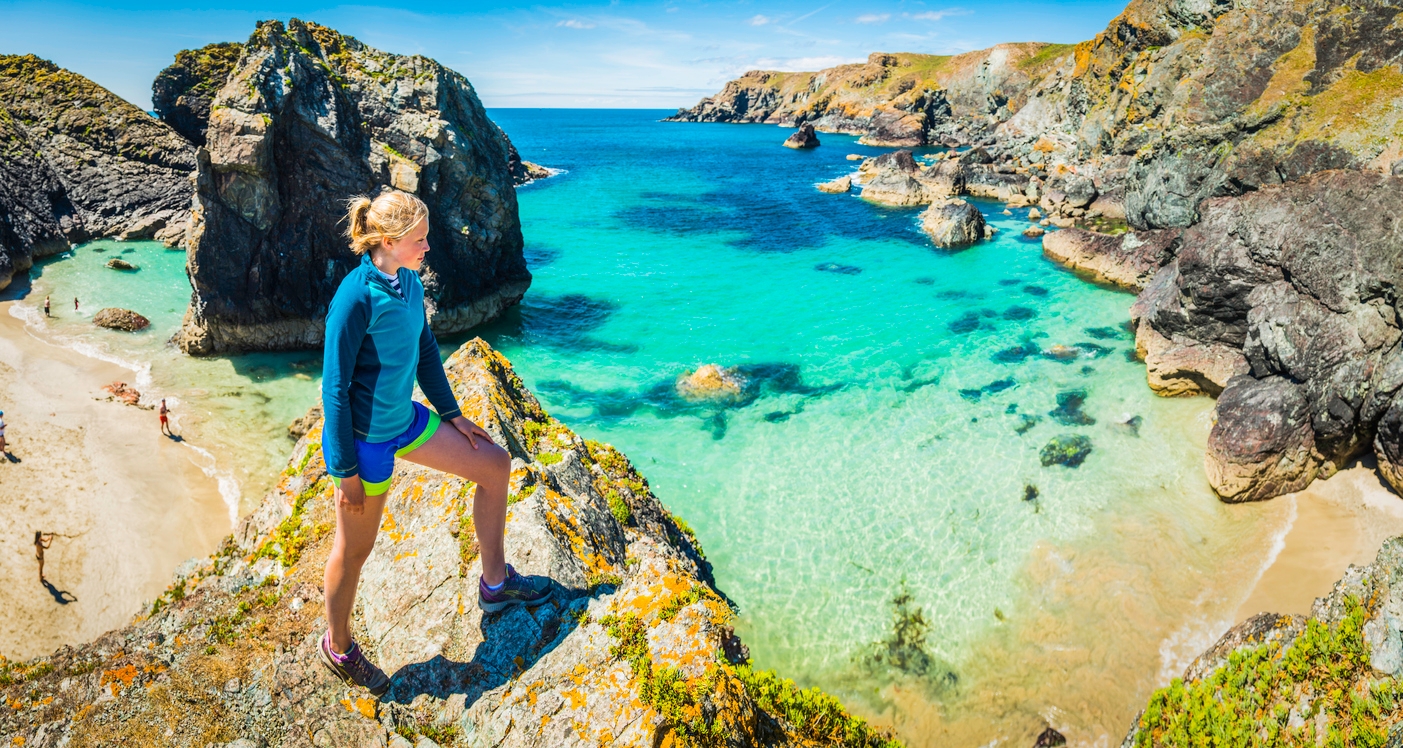
Jutting out to the south of the famous coastal peninsula is The Lizard, a wild and windy mix of rugged coastal seascapes and unspoilt moorland. Our favourite walk takes us from Mullion Cove, a small fishing cove to the west of the peninsula, to Rosemullion, on the opposite side of the peninsula and a couple of days hiking away. Ensure you stop at Lizard Point and have a look at the dramatic position of the lifeboat station.
Giant’s Causeway, Northern Ireland
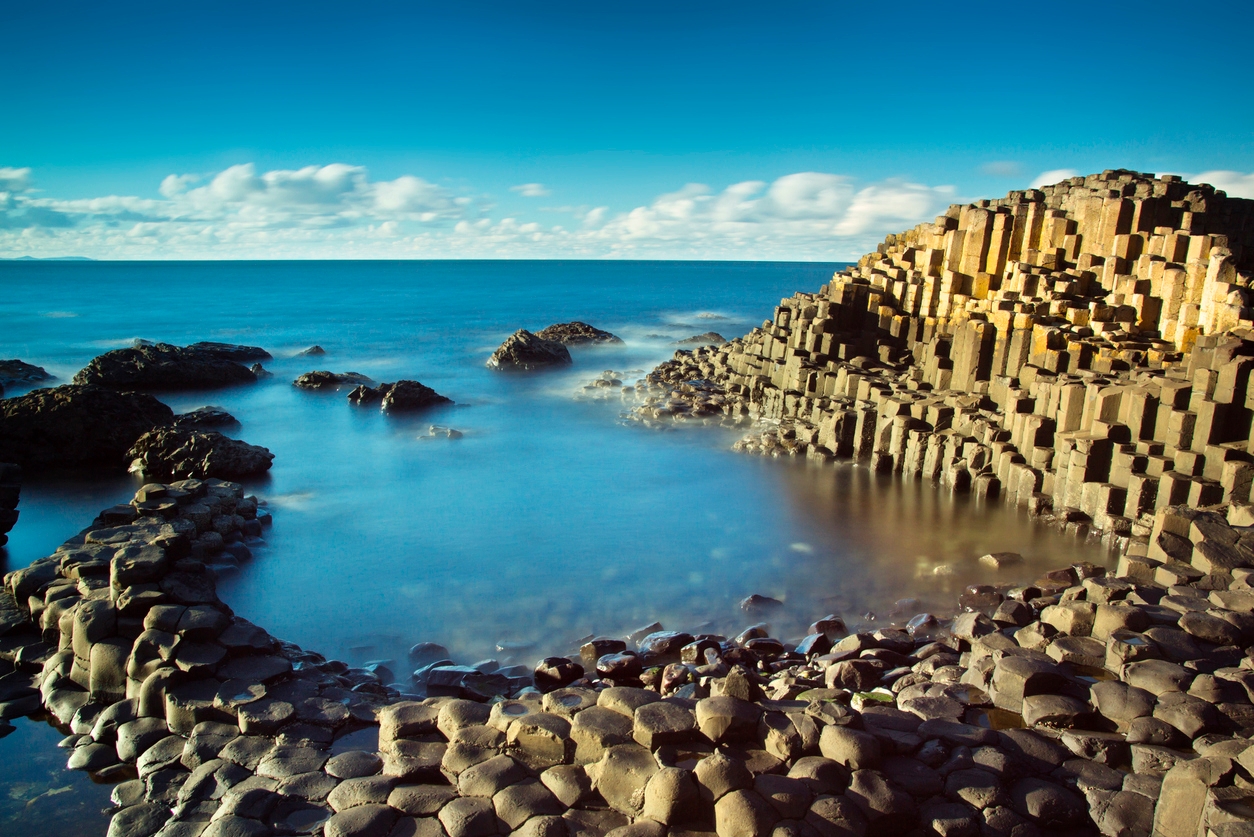
It’s no surprise that a hint of the mythical surrounds this part of the world, and the Giant’s Causeway is one of the UK’s greatest natural wonders such is its ancient rock formations and the stunning geography that surrounds it. The walk down to the Causeway itself is impressive enough, but if you’re willing and able, the circular walk that allows you to look down on the causeway from above is not to be missed, and allows you to stretch your legs a bit more as well as put the entire into context within the stunning Northern Irish coastline.
Pen Y Fan, Wales
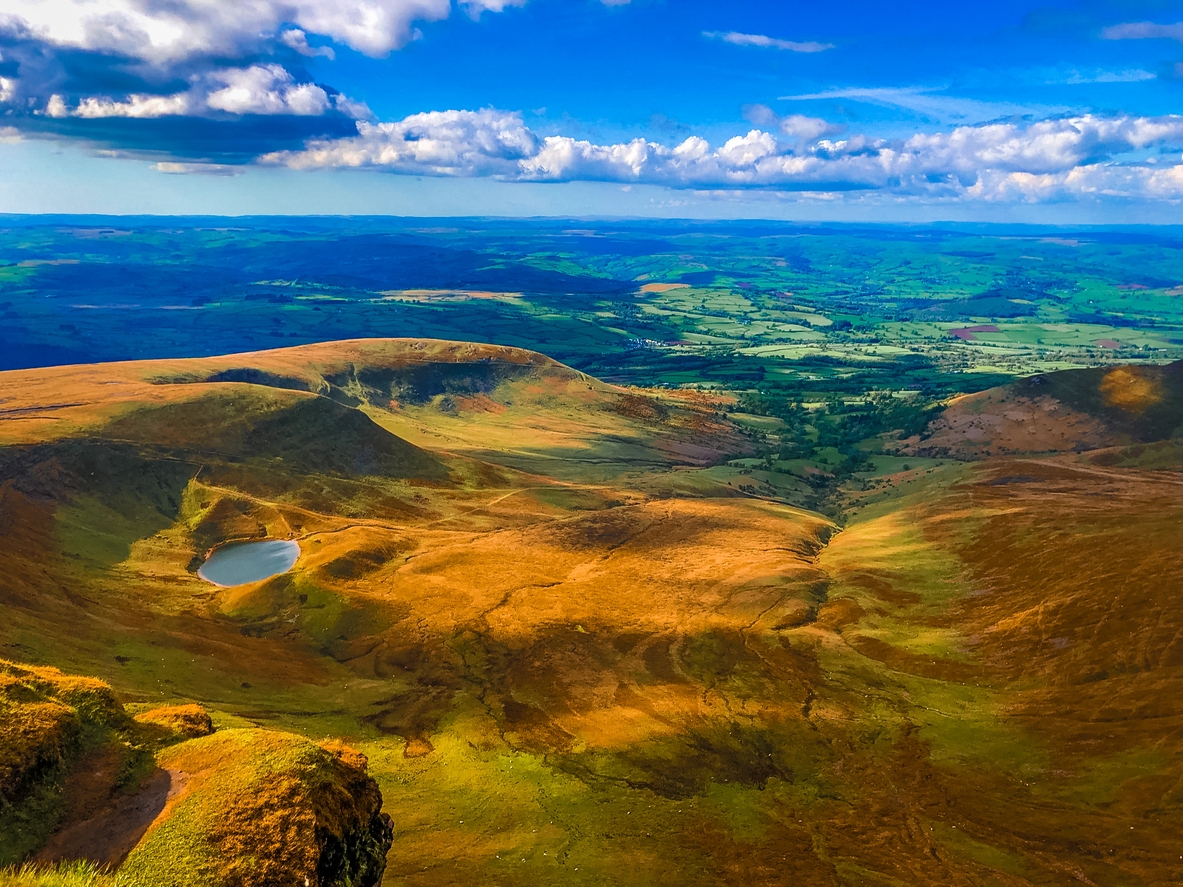
Popular it may be, but this small mountain in the Brecon Beacons, the highest peak in the UK south of Snowdonia, is an impressive day out and offers a number of different walks to its summit as well as easy access to the adjoining series of hills Fan Llia and Fan Fawr (which can often be quieter). Visit Wales have published this article with four different ways to walk up Pen y Fan. Be sure to stop at the Storey Arms at the foot of the mountain, which used to be a coaching inn on the Brecon to Merthyr Road.
Cat Bells, Lake District
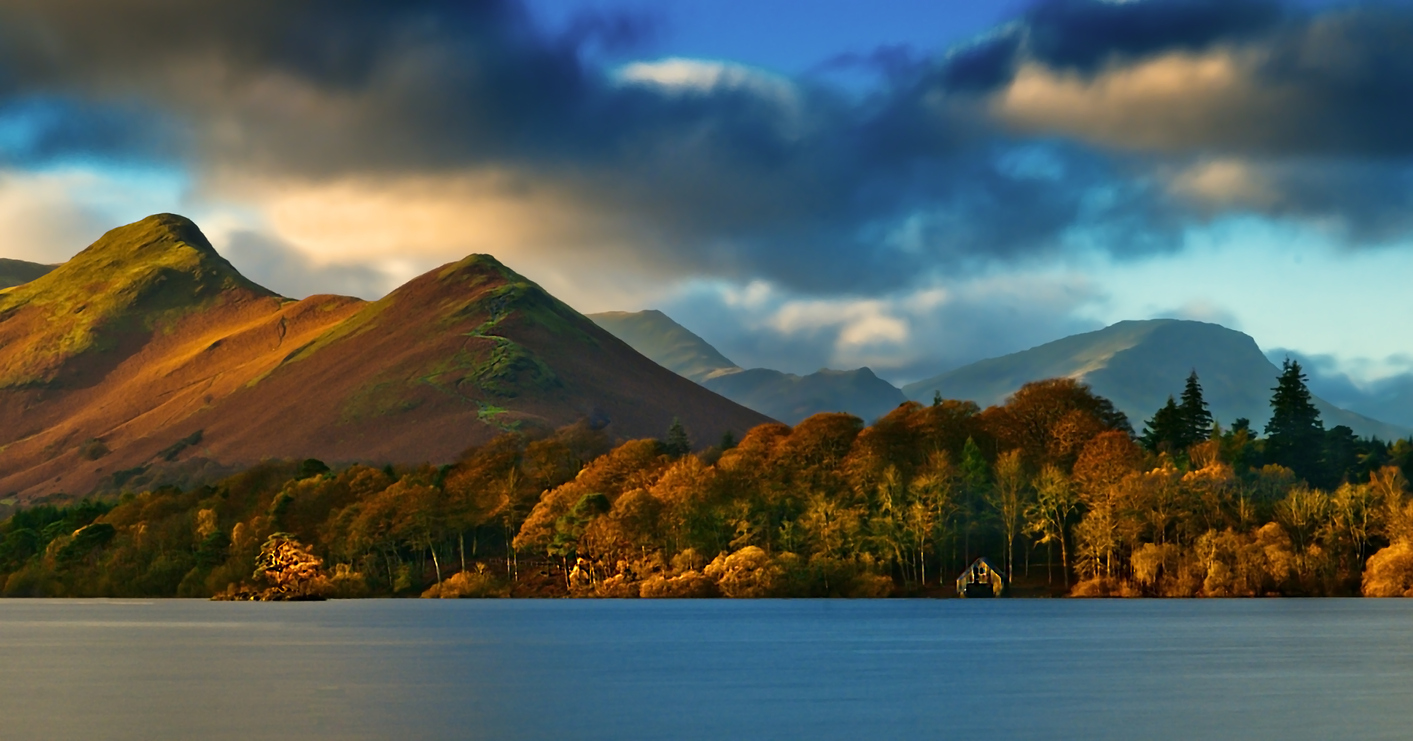
The Cat Bells is a fell in the Lake District once described by Alfred Wainwright as ‘one of the great favourites, a family fell where grandmothers and infants can climb the heights together, a place beloved.’ It is just this accessibility that endears The Cat Bells to the general British public, but its distinctive shape and stunning views across Derwent Water and the town of Keswick solidify it as one of the great British walks. There are a number of different routes up the fell and as basic map can be found here.
Dunstanburgh Castle – Craster to Low Newton, Northumberland
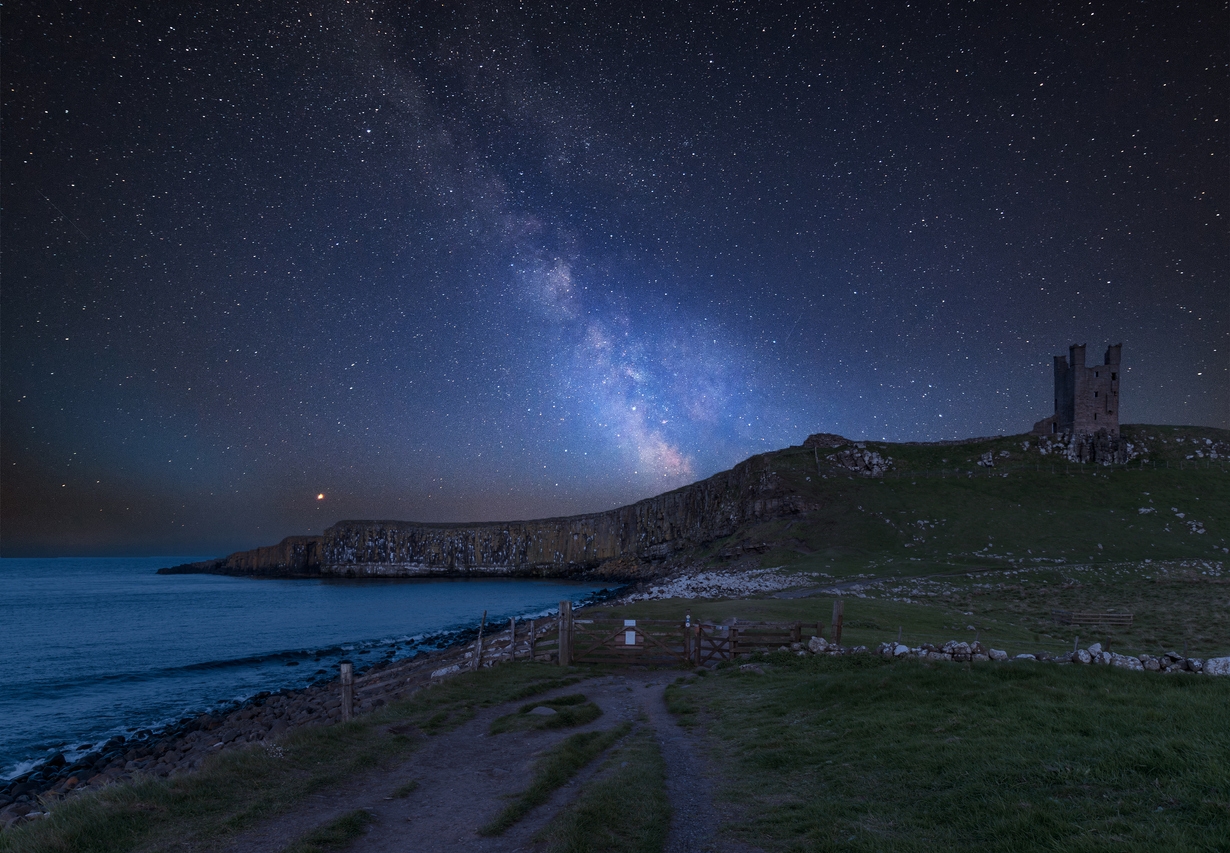
Northumberland is a place unto itself – one of the most remote counties in England, and home to the wildest and most isolated bits of coastline you’re likely to find in the country. This walk from the pretty fishing village of Craster, famed for its smoked kippers, to Low Newton takes you past the ruins of Dunstanburgh Castle, a magnificent headland on which this 14th century fortress was built. We think it’s best enjoyed in the autumn and winter, when the paths are desolate and the bracing sea spray and wind is as invigorating as it gets.
West Highland Way, Scotland
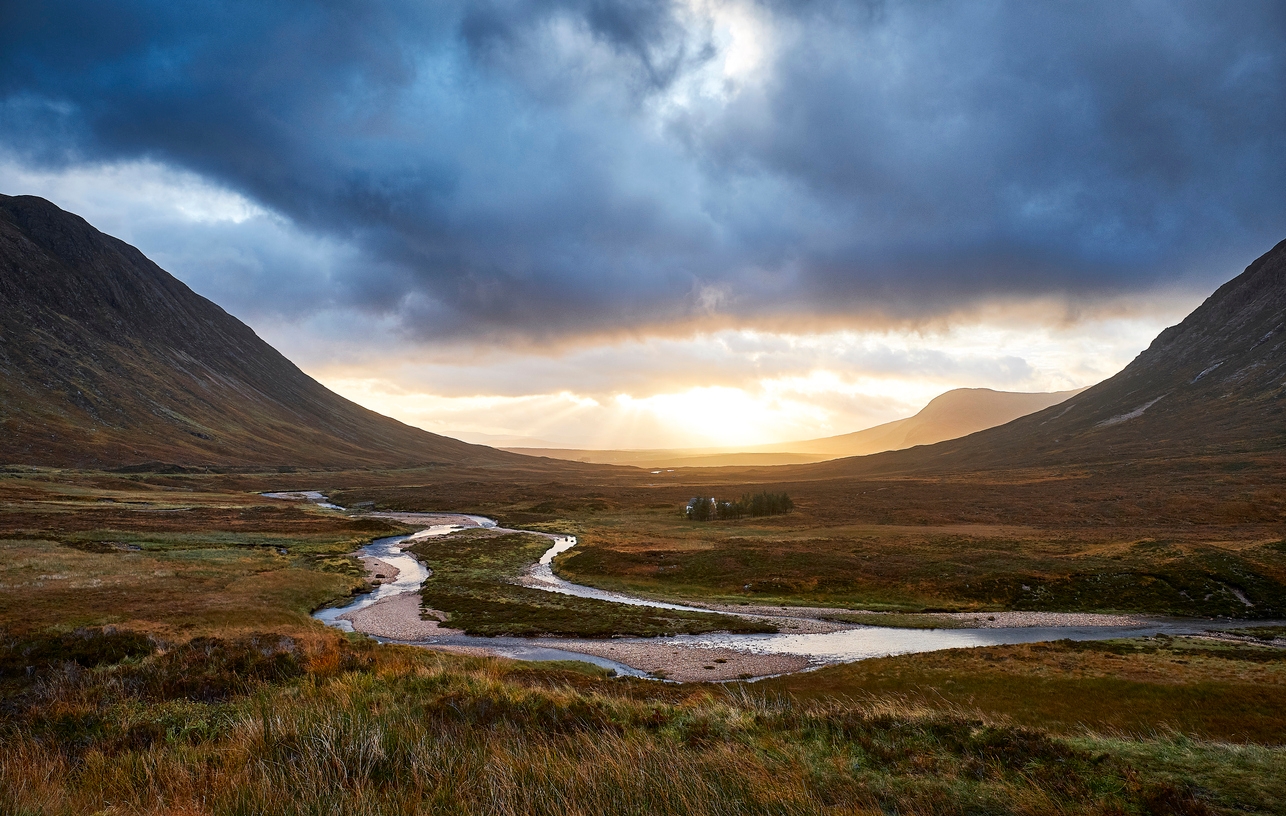
One of the country’s best-loved long-distance routes, there’s simply too much of the West Highland Way to cover here in a few sentences, but if planned properly, taken at the right pace with the right equipment sections of it can easily be some of the best walking in the UK. Stretching 96 miles from south to north – starting just outside Glasgow and finishing in Fort William, the stunning mountainous areas further north near Glencoe are my favourite – but there’s so much to explore, from loch shores to pretty villages and vast mountain vistas.
Stanage Edge, Peak District
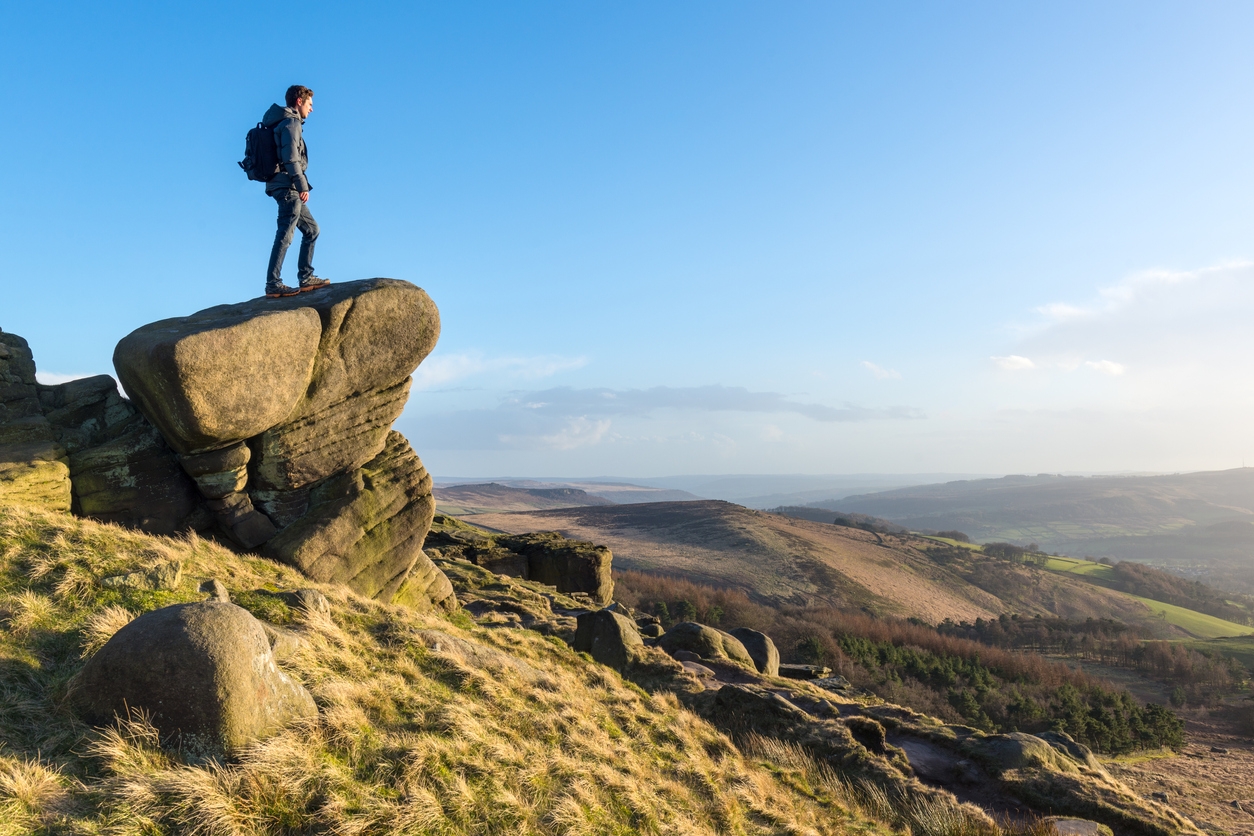
A stunning, varied and dramatic landscape welcomes you at Stanage Edge, popular with hikers and rock climbers in the Peak District. The name ‘Stanage Edge’ is derived simply from ‘Stone Edge’, and it’s clear why – it’s a steep stone escarpment on which you can walk. There was once a paved packhorse road here too, the remains of which can still be seen in places. The edge is about 25 metres at its highest, and because of its relatively accessibility, it is often seen as one of the homes of British rock climbing.
Rhossili Bay, Wales
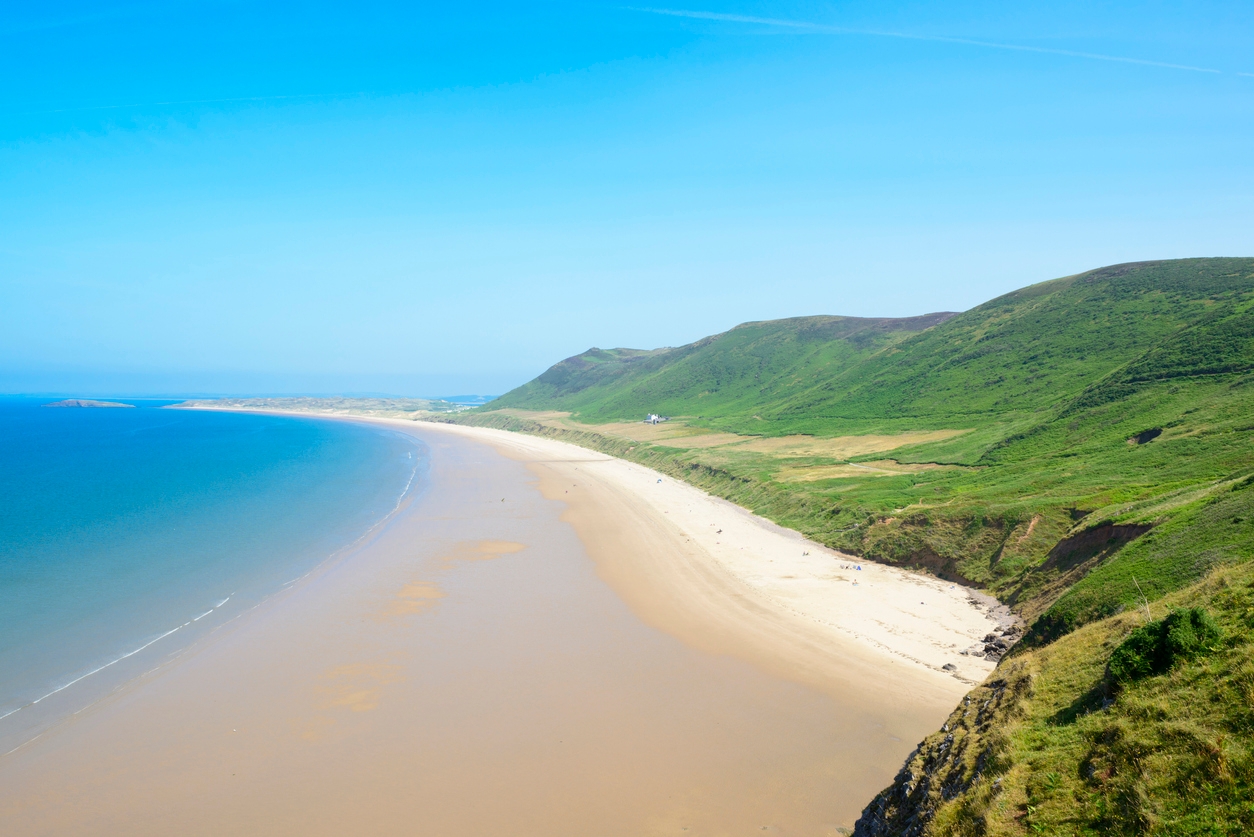
A wide, sweeping beach lasting for three windswept miles, Rhossili is an ideal beach for walkers. Some of our favourite walks however can be found around the bay area in general – to the north and the stunning Blue Pool Bay (take a dip in the pool as a stopping point on your walk) or Worms Head to the south and the famous Wreck of the Helvetia, which can still be seen at low tide.

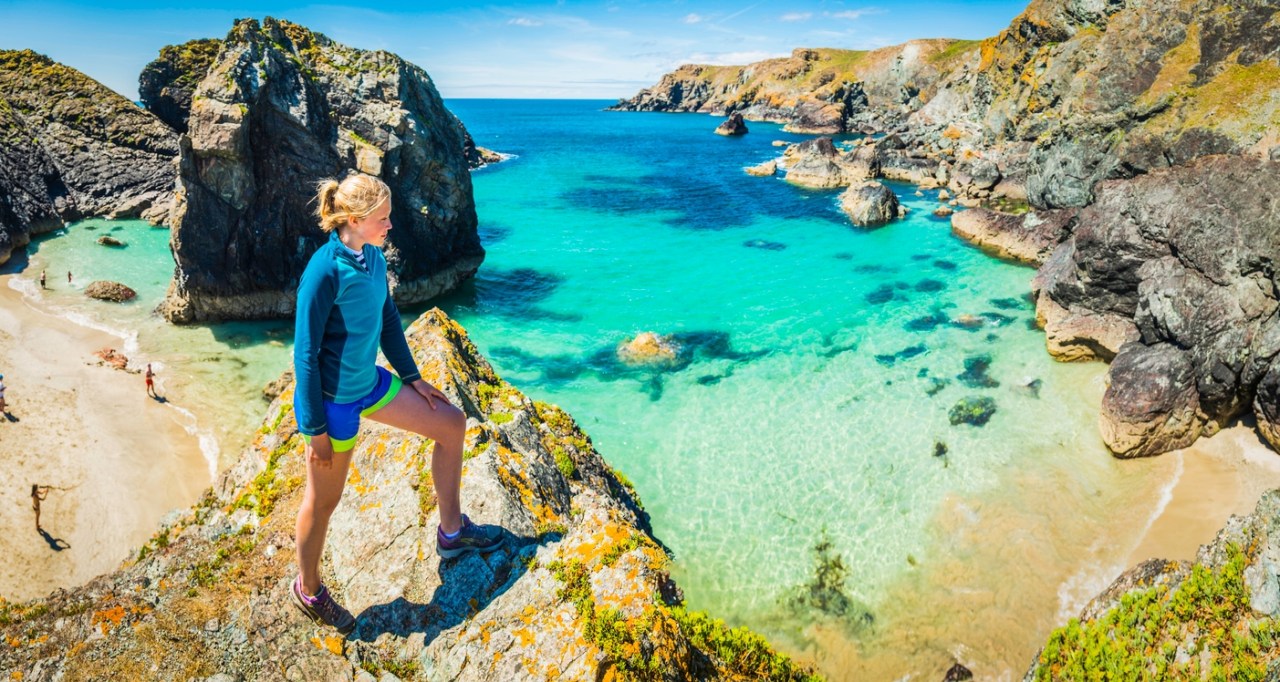
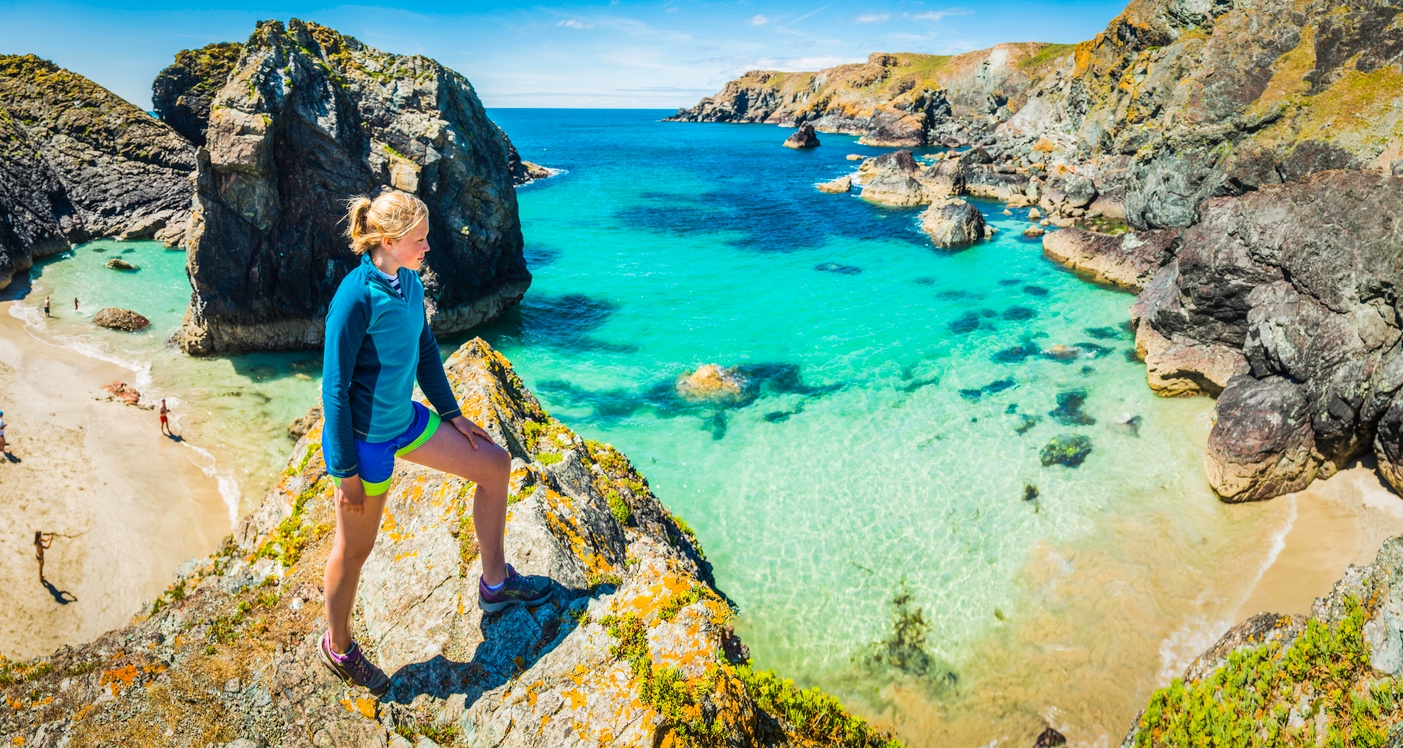




Comments